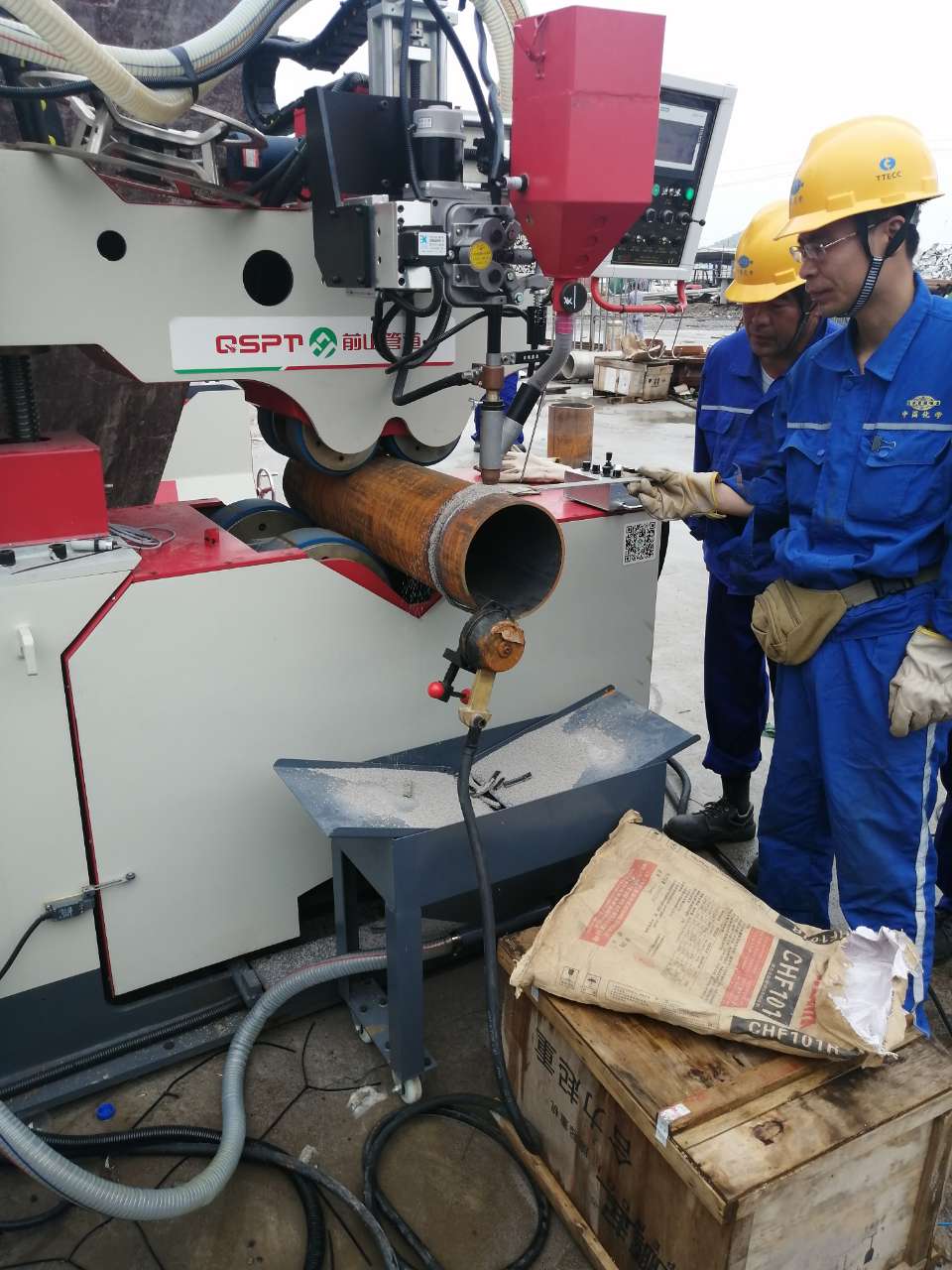Mar. 04, 2022
Welding engineering of storage tank is common, especially the welding requirements of large storage tank are strict. Here, taking large vertical storage tank as an example, the operation process and welding skills of welding engineering of storage tank are briefly introduced.
Vertical cylindrical tank is a vertical tank composed of a circular tank wall with a central axis perpendicular to the ground, a flat disc-shaped tank bottom and a different form of tank top. It is composed of a vertical tank, accessories (such as ladders, platforms, etc.) and accessories (such as liquid level measurement, fire fighting facilities, etc.).

Generally, tanks with a nominal volume greater than 100m³ are called large tanks.
Tank foundation
The storage tank foundation is the place where the storage tank is placed, and it is required to be strong and firm. It not only affects the appearance, but also leads to uneven stress in storage tanks. The foundation of storage tank belongs to the category of civil construction and must be in accordance with the requirements of foundation construction drawings and technical standards. The foundation of the storage tank must be checked before installation and can be installed only after it is qualified.
Prefabricated assembly
For the manufacture of large vertical storage tanks, it is generally divided, segmented, prefabricated and combined, and then assembled, which is very helpful to improve production efficiency.
First of all, the materials and accessories selected for the construction of the storage tank should be reinspected. The prefabricated assembly includes: bottom plate, wall panel, floating top and internal floating top, fixed roof, wind ring, strengthening ring, Angle steel and other components and components.
Welding of storage tank
1. Welding process evaluation
For the type of steel used for the first time, according to the steel number, plate thickness, welding method and welding material, etc., according to the current national standards for process evaluation, in order to determine the appropriate welding process.
The butt weld specimens and t-fillet weld specimens were used for welding process evaluation, among which the butt weld specimens were tensile test and transverse bending test.
2.
For ordinary welders engaged in electrode arc welding, submerged arc welding and gas electric vertical welding, usually should be assessed according to GB50236-1998;
Welders who pass the examination according to the "Examination Rules for Welding Operators of Special Equipment" and have obtained the qualification certificate of steel category, group and specimen classification code issued by the quality and technical supervision department can be engaged in the welding of storage tank parts without further examination.
Weld preparation
To ensure welding quality, welding equipment should meet the welding requirements of storage tanks. Low-hydrogen welding rods should be used for butt welds of tank walls with tensile strength σb≥430MPa and plate thickness ≥13mm.
Before welding, the welding material should be dried and used according to the provisions of the product manual or Figure 1. After drying, the low hydrogen electrode should be stored in the heat preservation tube of 100℃ ~ 150℃, and taken as needed.
It is worth mentioning that sealed flux cored wire and sealed box flux cored wire should not be dried in principle, after drying flux cored wire should be cooled to room temperature before use.